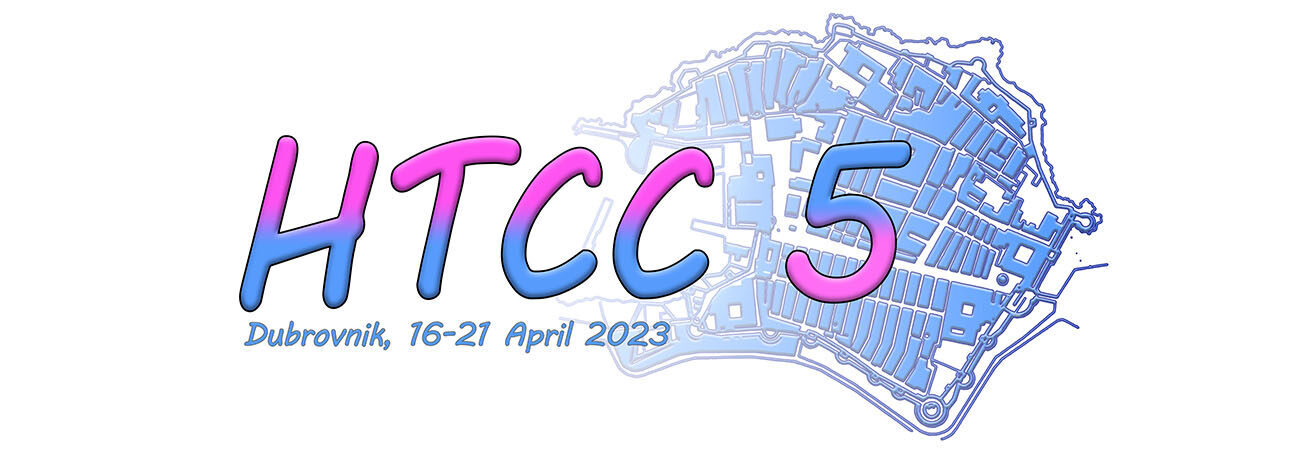HT3: Databases
L2 (Lecture): PDBe Knowledge-Base (PDBe-KB): Changing the context of structure data
David Armstrong
Protein Data Bank in Europe (PDBe)
European Bioinformatics Institute (EMBL-EBI)
E-mail: davida@ebi.ac.uk
This talk will give participants an introduction to the PDBe Knowledge Base (PDBe-KB), a community-driven resource managed by the PDBe team, collating functional annotations and predictions for structure data in the PDB archive. PDBe-KB is a flagship of the ELIXIR 3D-BioInfo Community (elixir-europe.org/communities/3d-bioinfo), an international group of researchers and software developers working on improving the use of macromolecular structure data in life science research. The 3D-Beacons network (3d-beacons.org), a vital part of the PDBe-KB consortium activities, provides integrated access to experimental and computational protein structure models.
PDBe-KB aims to:
- Implement a comprehensive, FAIR infrastructure for macromolecular structures and their annotations
- Enrich macromolecular structure data with structural and functional annotations to establish their biological context
- Develop innovative tools for data access and visualization
Aggregated Views
PDBe-KB Aggregated Views are a set of web pages that aggregate all the structural and functional data for a specific molecular entity. There are many possible and valuable ways to aggregate data, for example by proteins, domains, small molecules, or macromolecular complexes.
Aggregated Views of Proteins
The PDBe-KB Aggregated View of proteins provides a comprehensive overview of structural data available in the PDB for a full-length protein sequence (i.e. UniProt accession). Either PDB identifiers or UniProt accessions can be used to display all the available data for a given protein. The webpages display a list of PDB entries containing the protein, small and macromolecules and their interaction sites with the given protein, and additional functional annotations, such as sequence conservation and druggable sites.
View the PDBe-KB Aggregated Views at pdbekb.org/proteins
3D-Beacons Network
3D-Beacons Network is an open collaboration between providers of macromolecular structure models. The 3D-Beacons portal is a unified platform that provides access to model coordinates and meta-information from all the contributing data resources in a standardized data format.
The 3D-Beacons portal allows users to search using UniProt accessions and see all the available experimental and computational models from the member data providers. The PDBe-KB Aggregated Views of proteins display these structures for a protein of interest.
View the 3D-Beacons Network website at 3d-beacons.org.
